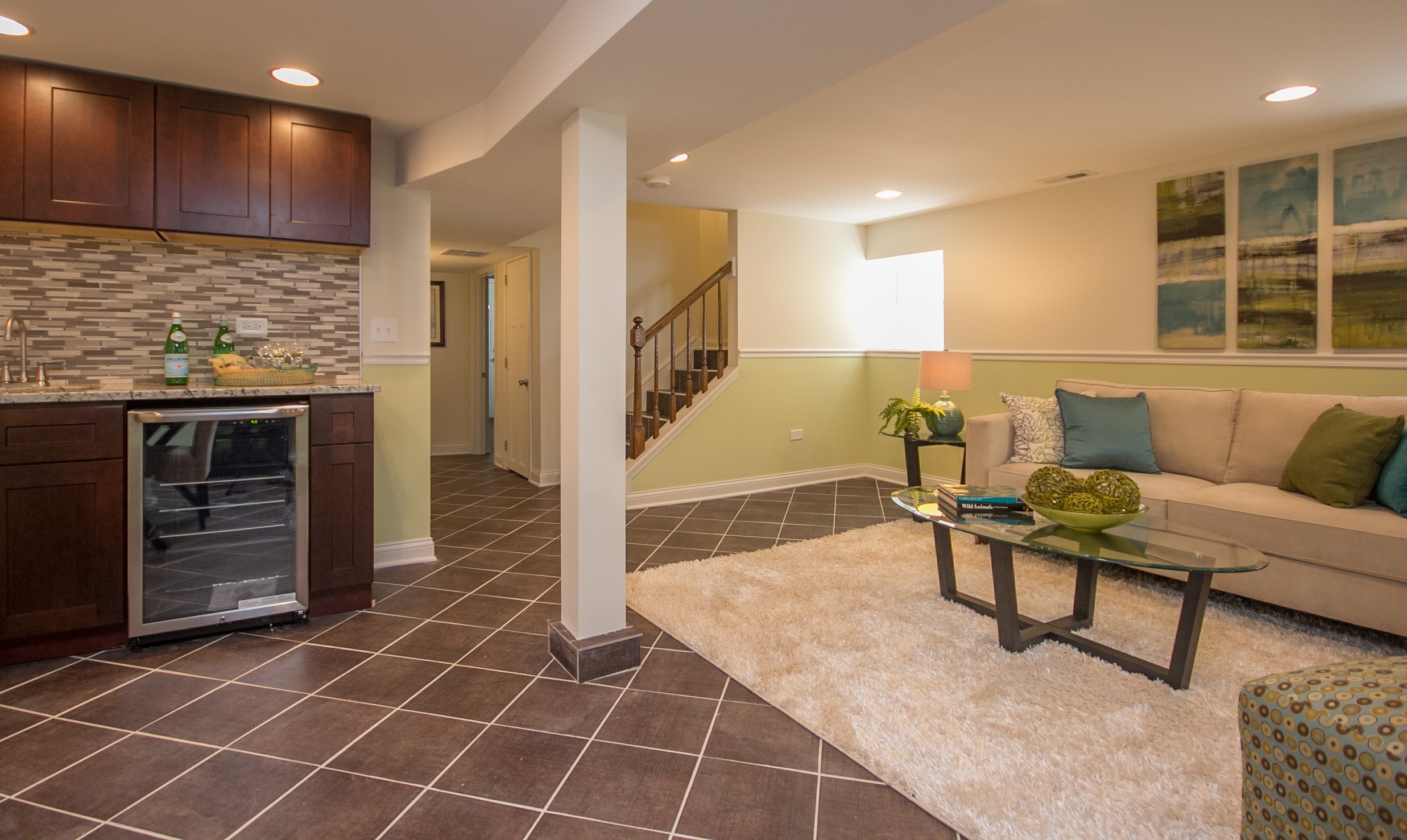Don’t scoff at staging
CHICAGO — Hiring a decorating and marketing specialist to help sell a house might sound like a frivolous cost to homeowners desperate to salvage every dollar in a fallen market.
A quality house at a fair price will sell itself, they figure. Paying a professional stager to rearrange or bring in new furniture, paint the walls neutral colors and hang different pictures surely couldn’t be worth a four-figure fee, the thinking goes.
Or could it?
Real estate professionals insist that staging makes a big difference in how quickly a home sells, which can mean a higher sale price, and cite their own figures that show it.
Patrick McLaughlin had such a poor impression of a vacant house he visited at an open house on Long Island that he told a broker friend it would never sell — it felt cold and uninviting. Then he went back after a professional had staged it and ended up buying it.
“They had artwork, furniture, sofas, rugs. It added a great deal of warmth to the property,” says McLaughlin, himself a broker in Sag Harbor, N.Y.
More sellers have been turning to staging to make their properties stand out in a market packed with competing houses.
Margaret Gehr stages homes in the Chicago suburbs through her business, Re-Arrange It Interiors. She discussed the practice in an interview:
Question: What exactly is home staging?
Answer: It’s the act of preparing and showcasing a home for sale. Preparing involves cleaning, decluttering, updating and repairing, while showcasing is the process of arranging furniture, accessories, art and light. The real estate agent, the homeowner and the stager work together as a team and decide what needs to be done to present the home on the marketplace.
Staging is all marketing — that’s all it is. It’s a tool that’s no different than what someone might use to sell a box of cereal.
Q: Shouldn’t home shoppers be able to look at an unstaged house and visualize themselves there?
A: They should. But statistics from the National Association of Realtors show that only 10 percent of buyers can see past what is in front of them. It’s just natural for people to react to color, react to “stuff.”
I work with clients all the time who swear that they do not need to stage their home. But I find that they still bought the best-looking home available. It might have been on a busy street or in an imperfect location, but the house was beautiful — they loved the house. Their emotions took over because the house was set up properly.
Q: Why is staging considered more important now?
A: It’s crucial in this market because there are just so many options for buyers to choose from. You need to be different, you need to add extra value to your home. Buyers are very move-in ready, so they can keep on moving right on down the line if they don’t like what they see. It used to be that if you were buying a home you might look at four or five homes before you made your decision. Now an average buyer might look at 35, 50 homes.
Q: How much does a consultation cost?
A: A comprehensive home staging consultation starts at $150 and goes up to about $350 nationwide. That consists of a walk through the property that will provide a homeowner with a to-do list — a detailed list of visual repairs, what they can do from fence to curb to get the most money and sell the fastest. We identify what should stay and what should go.
Q: What about the costs of staging itself?
A: For an occupied home, working with what the homeowners own in an average-sized house, it would start at about $750 and average maybe $1,000 to $1,500. With enhancement packages, where we supplement with furniture and trade some pieces out, that would start at about $1,500 and go up to about $2,500.
To fully furnish a vacant home would start at $2,500, and the average home would probably cost $3,000 to $4,000.
Q: What’s the difference between staging and decorating a home?
A: The biggest difference is that decorating is an extension of the things we love — our colors, our style, all our personality — whereas in staging we return the focus back to the property. We’re highlighting the features of the home, we’re complementing the architecture of the home. We want the potential buyer to come in and notice the beautiful windows or the fireplaces, not necessarily whatever color or style of furniture or pictures or things like that might be in the home.
Q: Do you stage every room?
A: No. It isn’t really necessary. We usually just stage the rooms where the buying decisions are made, and typically that’s on the first floor. We go for a model home sort of look. So, a lot of lifestyle elements to help buyers see what it’s like to live in the house.
Q: Home staging is relatively new. What’s it like as a profession?
A: Staging has been going on forever; they just didn’t always have a name for it. It used to be done through the real estate agents, but that’s not their expertise. HGTV has brought it into the mainstream since the ’90s.
You can make a good living staging. It takes time to build your clientele. And it takes a lot of behind-the-scenes work, a lot of inventory, purchasing, manual labor — lifting, moving, hauling, schlepping stuff around. The actual staging is the easy part.

